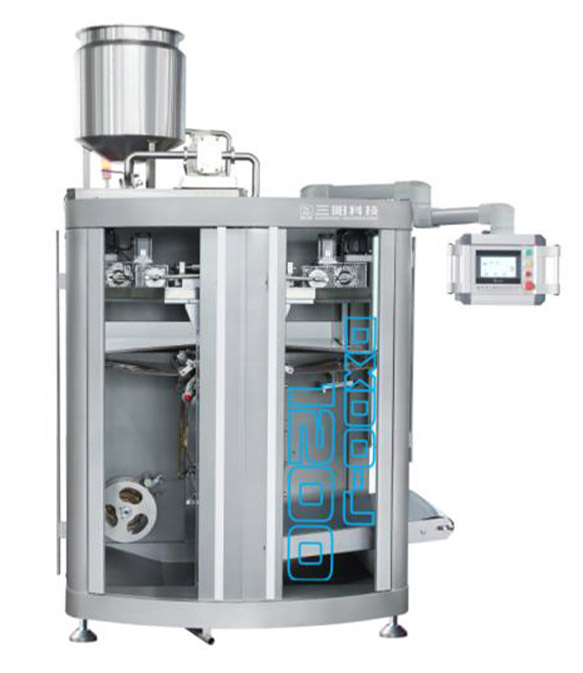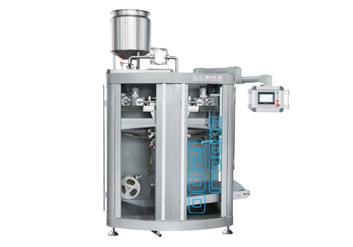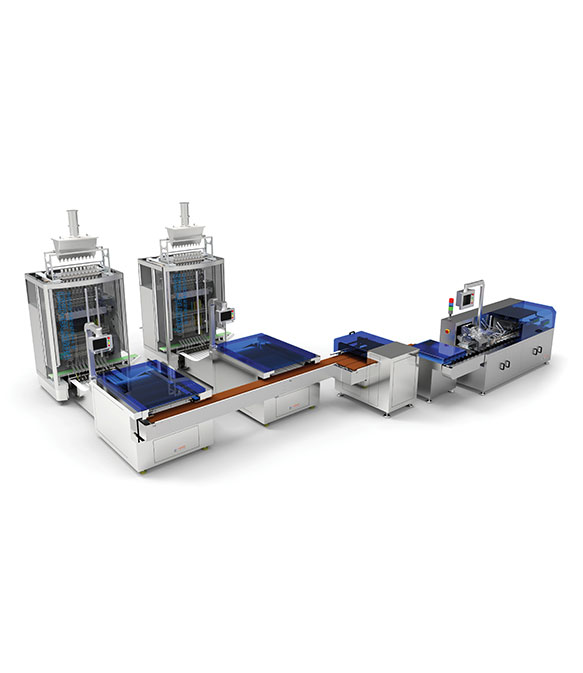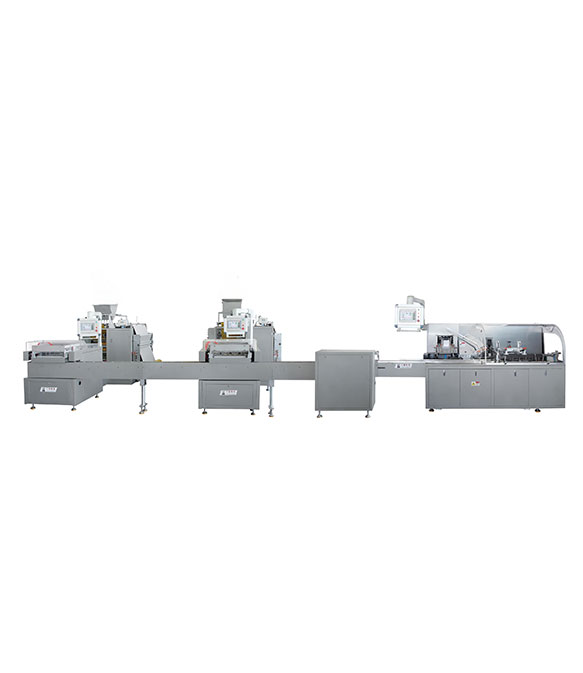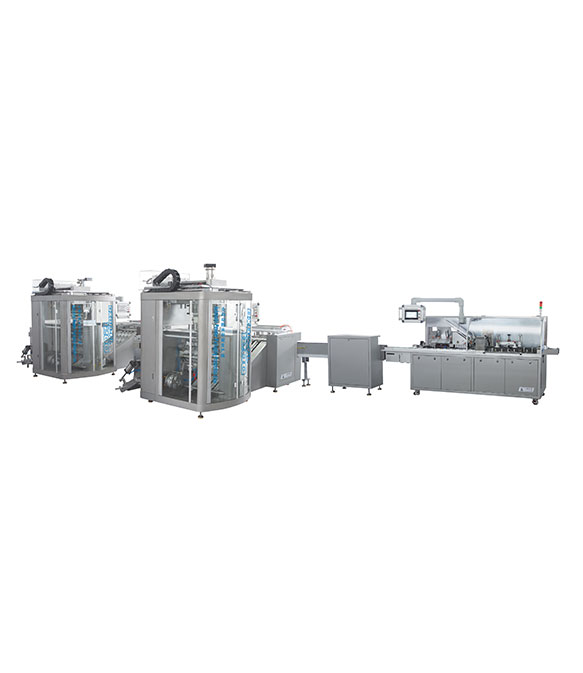When packaging sauces—whether it's tomato, soy, or spicy sauce—businesses often run into problems like slow throughput, uneven portioning, and messy leaks. These issues don't just waste time and product; they can also damage your brand's reputation with customers. If you're still using manual labor for sauce packaging, you might question if a dedicated machine is a worthwhile investment. This article breaks down the key reasons to add this tool to your operations, focusing on practical benefits that matter for daily work.
1. Improve Operational Efficiency and Cut Down Manual Effort
Manual sauce packaging is slow and tiring. A single employee can only fill and seal a limited number of containers per hour, and speed drops even more as the day goes on. This becomes a bottleneck when your business expands or faces peak demand—like holiday seasons or busy sales periods.
A Sauce Packaging Machine solves this by automating the entire process: from filling the sauce to sealing the package. It runs at a consistent pace all day, slashing the time needed to package large batches. This frees up your team to focus on other critical tasks, such as quality checks or customer service, instead of repetitive manual work.
2. Guarantee Consistent Portioning and Reduce Waste
Sauces are thick, viscous, and tough to measure uniformly by hand. One container might have too much sauce (wasting your product), while another has too little (letting customers down). These inconsistencies can lead to complaints, returns, and unnecessary costs over time.
A Sauce Packaging Machine leverages precise dosing systems to regulate how much sauce goes into each package. Every container gets the exact same amount, so you avoid wasting product and keep customers satisfied with consistent quality. This level of accuracy is almost unachievable with manual packaging.
3. Maintain Sauce Freshness and Meet Sanitation Standards
Sauces are susceptible to spoilage if they're exposed to air, bacteria, or contaminants during packaging. Manual handling raises the risk of cross-contamination: workers' hands, tools, or work surfaces can introduce germs that make the sauce unsafe to eat.
A Sauce Packaging Machine minimizes human contact with the sauce. It uses closed systems to move and fill the product, then seals packages tightly right after filling. This keeps air and contaminants out, extending the sauce's shelf life and ensuring it complies with food safety regulations. For businesses selling edible sauces, this isn't just a benefit—it's a must.
4. Keep Up With Different Packaging Requirements
Sauce businesses often need multiple packaging options: small sachets for takeout orders, medium bottles for retail shelves, or large pouches for restaurants. Changing between these options by hand requires new tools, training, and time—resources many small to mid-sized businesses can't spare.
Most Sauce Packaging Machines are flexible enough to handle different package types and sizes. With basic adjustments—such as swapping out a nozzle or tweaking settings—you can switch from filling sachets to bottles in minutes. This flexibility lets you respond quickly to customer demands or expand into new markets without buying multiple machines.
Conclusion
Investing in a Sauce Packaging Machine isn't just about "upgrading' your gear—it's about solving the real problems that hold sauce businesses back: slow throughput, waste, safety risks, and inflexibility. It helps you work more efficiently, cut costs, and maintain the quality your customers expect.
If you're ready to explore which machine fits your specific needs—whether you're making small-batch artisanal sauces or large-scale production runs—you can visit our product page to learn more about equipment designed for sauce packaging tasks.


